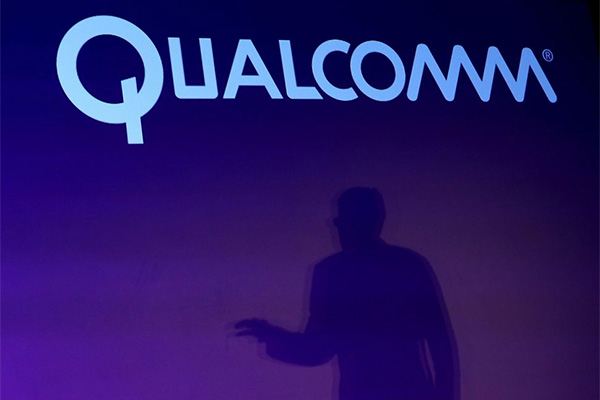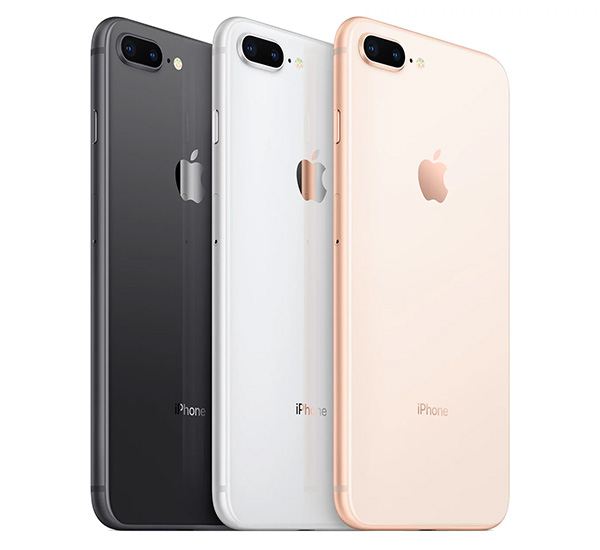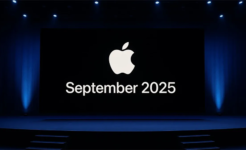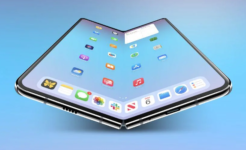
Qualcomm Wants to Ban iPhones from China
There have been several issues that have arised since Apple released their new iPhones. Seems like a crackling noise in the speakers of their phones and P-OLED display shortages aren’t going to be the biggest issues that Apple is about to face. The patent tug-of-war between the two major electronic companies is escalating.
Qualcomm Inc. striked back and filed lawsuits in Beijing court on September 29, 2017 seeking to ban the sale and manufacture of iPhones in China. The court hasn’t made the lawsuit public yet, but the company’s spokespeople have already expressed their opinions. Christine Trimble of Qualcomm Inc. insisted, that Apple employs Qualcomm’s know-hows without paying them for it. Josh Rosenstock of Apple Inc. mentioned that the patents had never been discussed during the negotiations in the first place.
Earlier this year though, Apple did claim that they were tired of paying the unfair sum of money Qualcomm asked for their patents. Yes, the whole fight is over patents and not chips as you may think. The bulk of Qualcomm profits comes from patent charging fees. As mentioned in an earlier blog Apple Sued Qualcomm for Underpaid Royalties, the company’s customers have to pay for using and for not using the patents as well. Once a company bought a patent from Qualcomm they have to pay for it whether it employs the patented technology or not.
It was Apple that employed power management technology and Force-Touch control, stopped all payments and then initiated antimonopoly lawsuits against Qualcomm in South Korea and Taiwan. As a result, earlier this week Qualcomm Inc. had lost NT$23.4 billion ($773 million) when Taiwan’s Fair Trade Commission fined the corporation.

iPhone 8 Plus – all colors. Image source: Apple.com.
Now… Qualcomm is striking back. The blow is timed very well. Apple has just introduced the iPhone 8 and the anniversary iPhone X, and it turned out to be a blunder. Many Apple fans are waiting for the iPhone X to hit the stores before Christmas, while the currently available iPhone 8 suffers technical problems. This is just the tip of the iceberg though.
The new iPhones require the state-of-the-art POLED displays that are hard and slow in manufacturing. Foxconn had to open new lines and hire more workers to meet the challenge. If the China arbitrary court takes Qualcomm’s side, Apple will have to quickly relocate the production to India, South Korea and back to the U.S. Foxconn will have to lay workers off. Chinese resellers will collapse, as a result ruining the economy of the whole region. I would not want to be in the China arbitrary court judge’s place right now. He has the most difficult decision to make.There’s a slim chance that native phone-makers will rise and take up the share of the market that once belonged to Apple. But these things don’t just happen overnight. Maybe, only Xiaomi will be able to load the Foxconn production lines as they have presented their own OLED smartphone.
This could also be the beginning of a chain reaction.This is the first time in history a company asks to ban the manufacturing of a product. Smaller companies can lose their products to lawsuits like that. I think they would probably prefer to pay for the patent rather than face the alternative. We’re going to witness how the copyright will be ruling our world. Not only the things we watch or read but also the gadgets we buy. We’re going to live in a very strange world if Qualcomm wins.
Links
- Qualcomm is trying to get iPhone sales banned in China – The Verge
- You can sell iPhone 8 to iGotOffer – the best place to sell smartphones and other devices online.
- Check IMEI/MEID/ESN – Trying to check IMEI/MEID/ ESN for iPhone, iPad, cell Phone, tablet or any other device? You can find complete IMEI history on iGotOffer’s website. We update the database every day. The access is free.
- iCloud Check – You don’t know if your “Find My iPhone” status is ON or OFF? Visit iGotOffer.com to get instantly all the information. All Apple devices with IMEI number are supported (iPhone, iPad, Apple Watch).
iPhone 8 vs 8 Plus Unboxing & Comparison! [Video]
Video uploaded by Jonathan Morrison on September 19, 2017






Facebook
Twitter
RSS